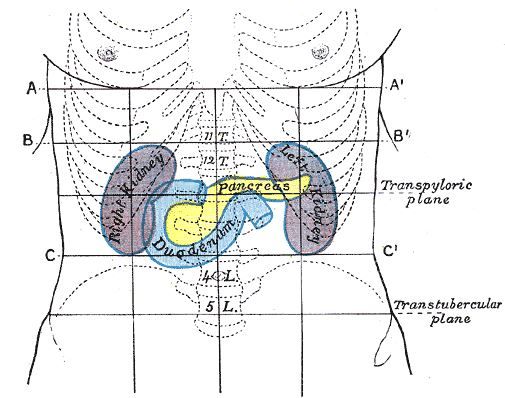Article
7 Important Questions on Using SGLT2 Inhibitors in Elderly Patients
Author(s):
There are pros and cons to using SGLT2 inhibitors in the elderly. Are you familiar with both? Find out with 7 quick multiple choice questions.

1. Fill in the blanks: SGLT2 inhibitors __ LDL, __ HDL, and ___ triglycerides in elderly patients.
A. Increase, decrease, and increase
B. Increase, increase, and increase
C. Increase, increase, and decrease
D. Increase, increase, and either increase, decrease, or have no affect on
Click here for answer and next question.
Answer: D. SGLT2 inhibitors increase LDL, increase HDL, and either increase, decrease, or have no affect on triglycerides in elderly patients.
2. Advantages of SGLT2 inhibitor use in the elderly include:
A. Low risk for hypoglycemia
B. Insulin-independent action
C. Not dependent on beta cell function or insulin sensitivity
D. All of the above
E. B and C only
Click here for answer and next question.
Answer: D. All of the above
3. Disadvantages of SGLT2 inhibitor use in the elderly include all of the following except:
A. Renal dosing required
B. Increased risk for fractures
C. Increased risk for renal calculi
D. Increased risk for genital and mycotic infections
Click here for answer and next question.
Answer D. Increased risk for renal calculi
4. Which of the following should be considered before prescribing an SGLT2 inhibitor to an eldlerly pateint?
A. Orthostatic hypotension
B. CHF exacerbation
C. Interaction with loop diuretics
D. A and C only
E. All of the above
Click here for answer and next question.
Answer: E. All of the above
5. Which of the following statements is false?
A. SGLT2 inhibitors are contraindicated in stage 2 kidney disease
B. Dose reduction is recommended for eGFR <60 mL/minute/1.74 m2
C. There is a potential for increased side effects in renal insufficiency
D. Not recommended for eGFR <45 mL/minute/1.74 m2
Click here for answer and next question.
Answer: A is False. SGLT2 inhibitors are contraindicated in stage 2 kidney disease
6. Which of the following need to be monitored during SGLT2 inhibitor use in the elderly?
A. Serum potassium, magnesium, and phosphate
B. Digoxin levels
C. LDL, HDL, and triglycerides
D. All of the above
E. Only A and C
Click here for answer and next question.
Answer: D. All of the above
7. Roughly what percentage of urinary tract infections recur with SGLT2 inhibitor use?
A. 20%
B. 30%
C. 40%
D. 50%
Answer: D. 50%
Was this quiz useful for you? Please feel free to leave comments below. And, thank you.
References:
- Sehgal V, Sukhminder JSB, Sehgal R, et al. Management of diabetes in the elderly with canagliflozin: A newer hypoglycemic drug on the horizon. J Pharmacol Pharmacother. 2014;5: 227-231. doi: 10.4103/0976-500X.142428 http://www.ncbi.nlm.nih.gov/pmc/articles/PMC4231550/
- Vivian EM. Sodium-glucose co-transporter 2 (SGLT2) inhibitors: a growing class of antidiabetic agents. Drugs Context. 2014;19:212-264. doi: 10.7573/dic.212264. eCollection 2014. http://www.ncbi.nlm.nih.gov/pmc/articles/PMC4295914/




